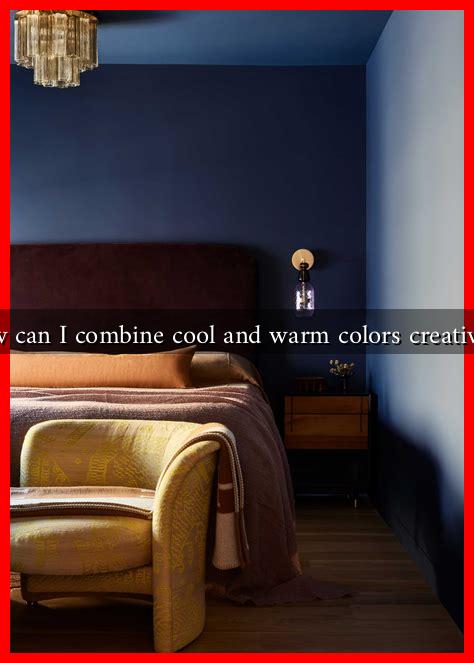-
Table of Contents
How Can I Combine Cool and Warm Colors Creatively?
Color is a powerful tool in design, art, and even everyday life. The way we combine colors can evoke emotions, create harmony, or even spark creativity. Understanding how to blend cool and warm colors can elevate your projects, whether you’re painting a room, designing a website, or creating a piece of art. This article will explore the principles of color theory, provide practical tips for combining cool and warm colors, and showcase examples to inspire your creativity.
Understanding Color Theory
Before diving into the creative aspects of combining colors, it’s essential to understand the basics of color theory. Colors are generally categorized into two groups:
- Warm Colors: These include reds, oranges, and yellows. They are often associated with energy, warmth, and passion.
- Cool Colors: These encompass blues, greens, and purples. They evoke feelings of calmness, tranquility, and serenity.
When combined thoughtfully, warm and cool colors can create a dynamic visual experience. The contrast between these two color groups can highlight specific elements and create depth in your design.
Creative Techniques for Combining Colors
Here are some effective techniques to creatively combine cool and warm colors:
1. Use a Color Wheel
The color wheel is a fundamental tool in color theory. It helps you visualize relationships between colors. To combine warm and cool colors:
- Choose a dominant color from one group (either warm or cool).
- Select an accent color from the opposite group to create contrast.
For example, a vibrant orange (warm) can be beautifully complemented by a deep blue (cool), creating a striking visual balance.
2. Create a Color Palette
Developing a cohesive color palette can help you maintain harmony while mixing warm and cool colors. Consider the following:
- Limit your palette to three or four colors to avoid overwhelming the viewer.
- Incorporate neutral colors (like whites, grays, or browns) to balance the vibrancy of your chosen colors.
For instance, a palette of teal (cool), coral (warm), and soft beige (neutral) can create a fresh and inviting atmosphere.
3. Experiment with Proportions
The proportion of warm and cool colors can significantly impact the overall feel of your design. Here are some tips:
- Use warm colors as accents against a cool background to draw attention to specific areas.
- Alternatively, use cool colors as the base and add warm colors sparingly for a more subdued effect.
For example, a room painted in soft blue (cool) can be enhanced with warm yellow cushions to create a cozy yet refreshing space.
Case Studies and Examples
Many successful designers and artists have mastered the art of combining warm and cool colors. Here are a few notable examples:
- Vincent van Gogh: In his famous painting “Starry Night,” Van Gogh uses cool blues and warm yellows to create a mesmerizing night sky that captivates viewers.
- Interior Design: The modern Scandinavian design often incorporates cool grays with warm wood tones, creating a balanced and inviting environment.
- Graphic Design: Brands like Airbnb use a combination of warm and cool colors in their marketing materials to evoke feelings of comfort and adventure.
Statistics on Color Impact
Research shows that color can significantly influence consumer behavior and emotional responses. According to a study by the Institute for Color Research, people make a subconscious judgment about a person, environment, or product within 90 seconds of initial viewing, and between 62% to 90% of that assessment is based on color alone. This highlights the importance of thoughtfully combining colors in any creative endeavor.
Conclusion
Combining cool and warm colors creatively can enhance your designs, evoke emotions, and create visual interest. By understanding color theory, experimenting with proportions, and studying successful examples, you can master the art of color combination. Remember to use tools like the color wheel and develop cohesive palettes to guide your creative process. With practice, you’ll find that the interplay between warm and cool colors can lead to stunning results in your artistic and design projects.
For more insights on color theory and design, consider visiting Adobe Color, a resource that offers tools for creating color palettes and exploring color trends.

